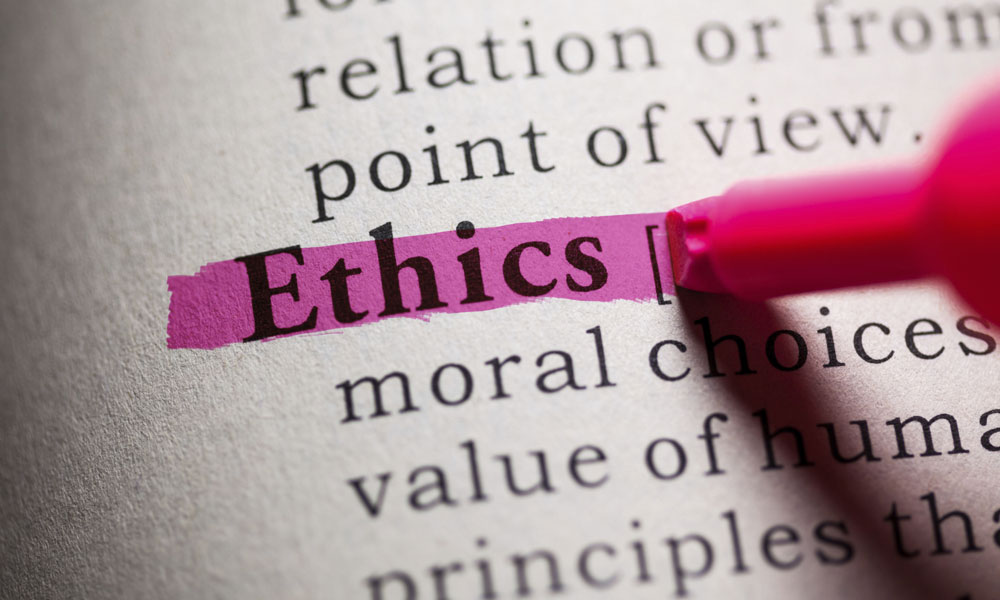Criminal rehabilitation has always been a challenging task for the justice system. The traditional approach to rehabilitation focuses on punishment and isolation, which often fails to address the root causes of criminal behavior. However, the restorative justice approach is gaining popularity as an effective way to rehabilitate offenders and reduce recidivism rates. In this article, we will explore the concept of restorative justice and how it can be integrated into criminal rehabilitation programs.
What is Restorative Justice?

Restorative justice is a victim-centered approach to dealing with crime and its aftermath. It emphasizes repairing the harm caused by the crime and restoring the relationships between the victim, offender, and community. Unlike the traditional justice system, restorative justice focuses on the needs of the victim and the offender, rather than just punishing the offender. It aims to heal the wounds caused by the crime and prevent future offenses by addressing the underlying causes of criminal behavior.
How can Restorative Justice be integrated into Criminal Rehabilitation?
Restorative justice can be integrated into criminal rehabilitation programs in various ways. Here are some examples:
- Victim-Offender Mediation: This involves bringing the victim and offender together to discuss the harm caused by the crime and how to repair it. The mediator facilitates the conversation and helps both parties come to a mutual agreement on how to move forward.
- Community Service: Offenders can participate in community service programs as a way to make amends for their actions and contribute positively to society.
- Circle Sentencing: This involves bringing the victim, offender, and members of the community together in a circle to discuss the harm caused by the crime and how to repair it. The group works together to come up with a plan for the offender to make amends and prevent future offenses.
- Restorative Probation: This involves using restorative justice principles in probation programs. Offenders meet with a probation officer who helps them identify the harm caused by their actions and develop a plan to make amends and prevent future offenses.
The Benefits of integrating Restorative Justice in Criminal Rehabilitation
Integrating restorative justice into criminal rehabilitation programs has several benefits:
- Reduced Recidivism Rates: Restorative justice programs have been shown to reduce recidivism rates by addressing the underlying causes of criminal behavior and promoting accountability and responsibility.
- Increased Victim Satisfaction: Victims of crime often feel left out of the traditional justice system. Restorative justice programs give them a voice and a role in the process, which can increase their satisfaction with the outcome.
- Cost-Effective: Restorative justice programs are often less expensive than traditional justice programs, as they focus on repairing harm and preventing future offenses rather than punishment and incarceration.
- Community Involvement: Restorative justice programs involve the community in the rehabilitation process, which can promote social cohesion and reduce crime rates.
Integrating restorative justice into criminal rehabilitation programs has the potential to transform the way we approach criminal justice. By focusing on repairing harm and restoring relationships, rather than punishment and isolation, we can reduce recidivism rates and promote a more just and equitable society.











Comments